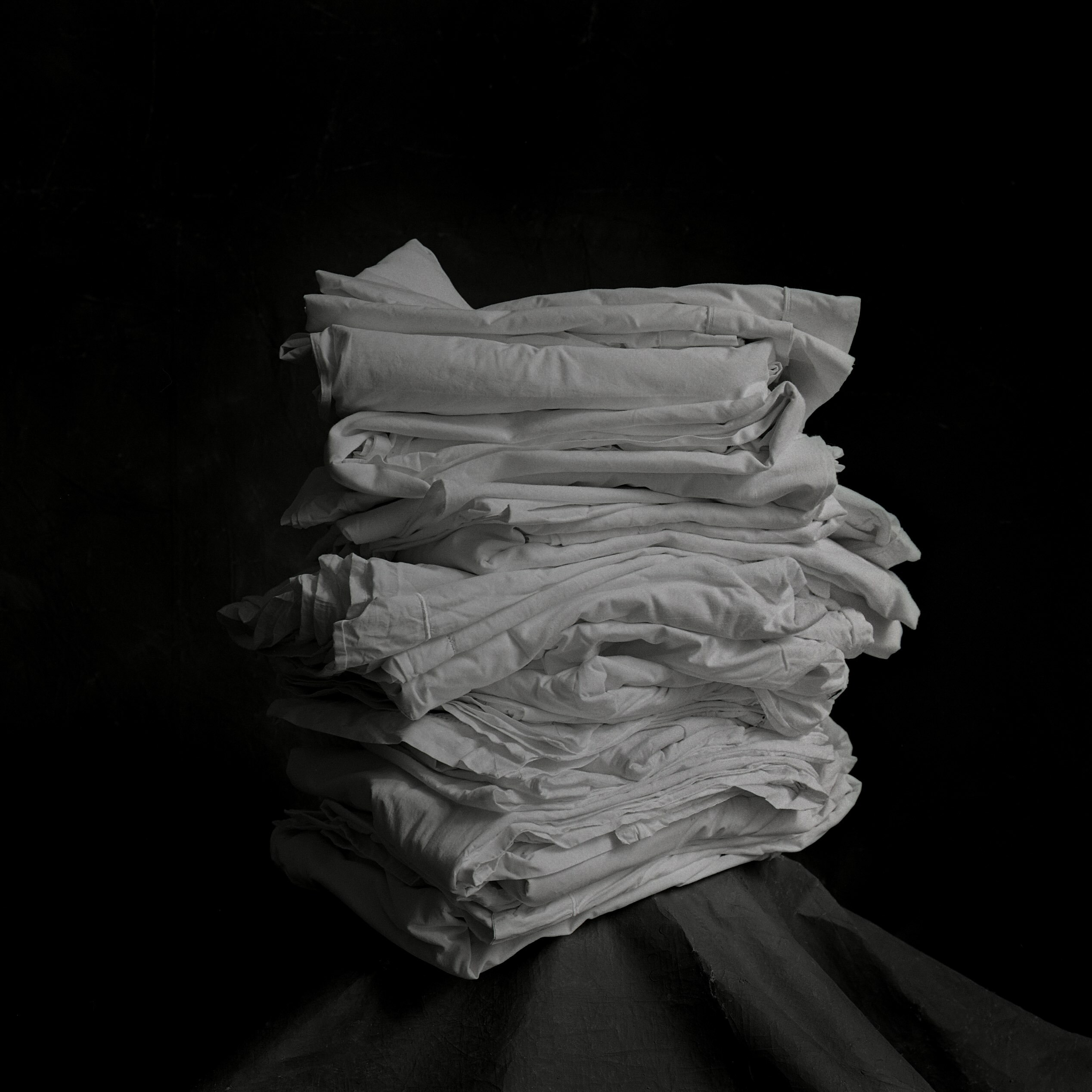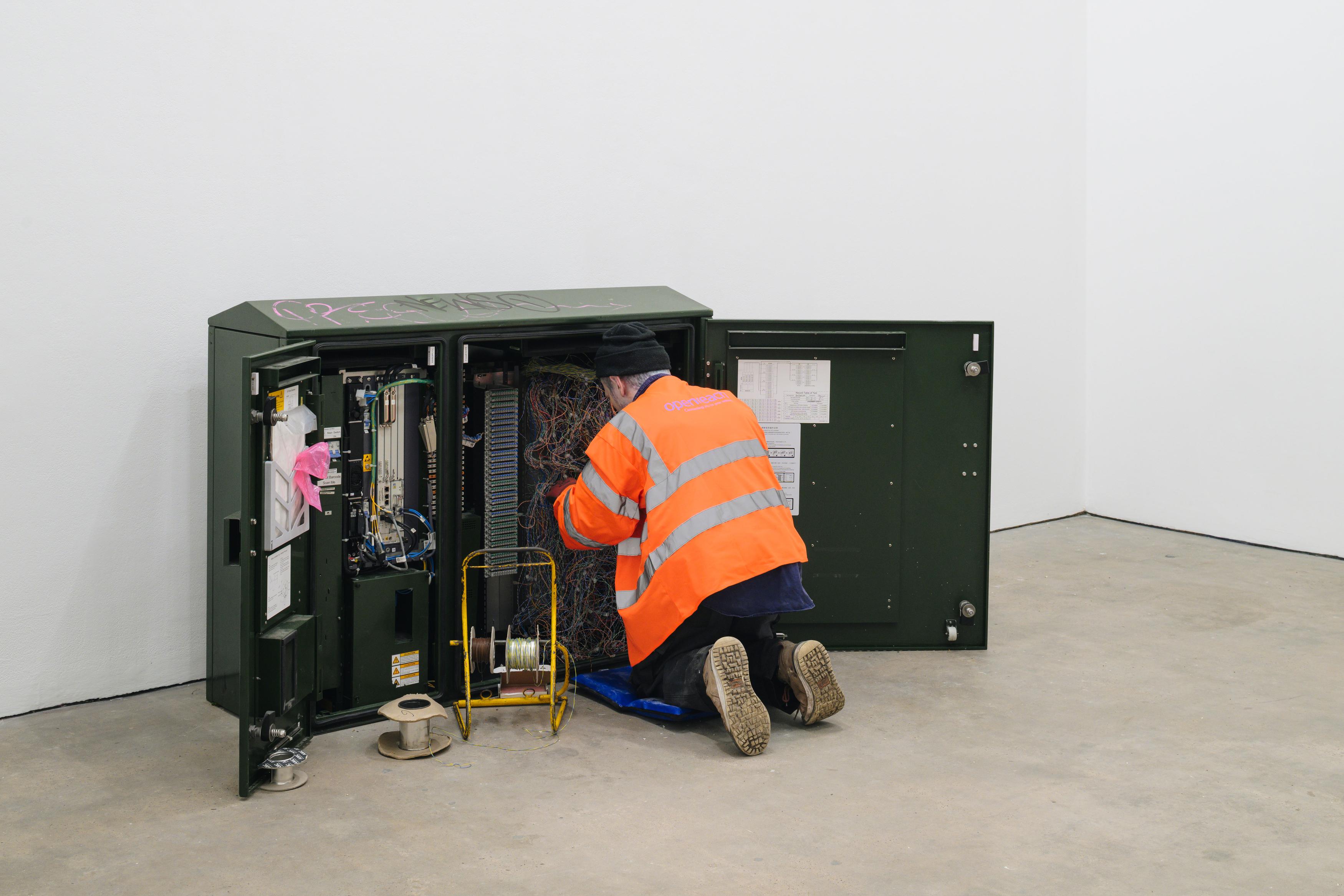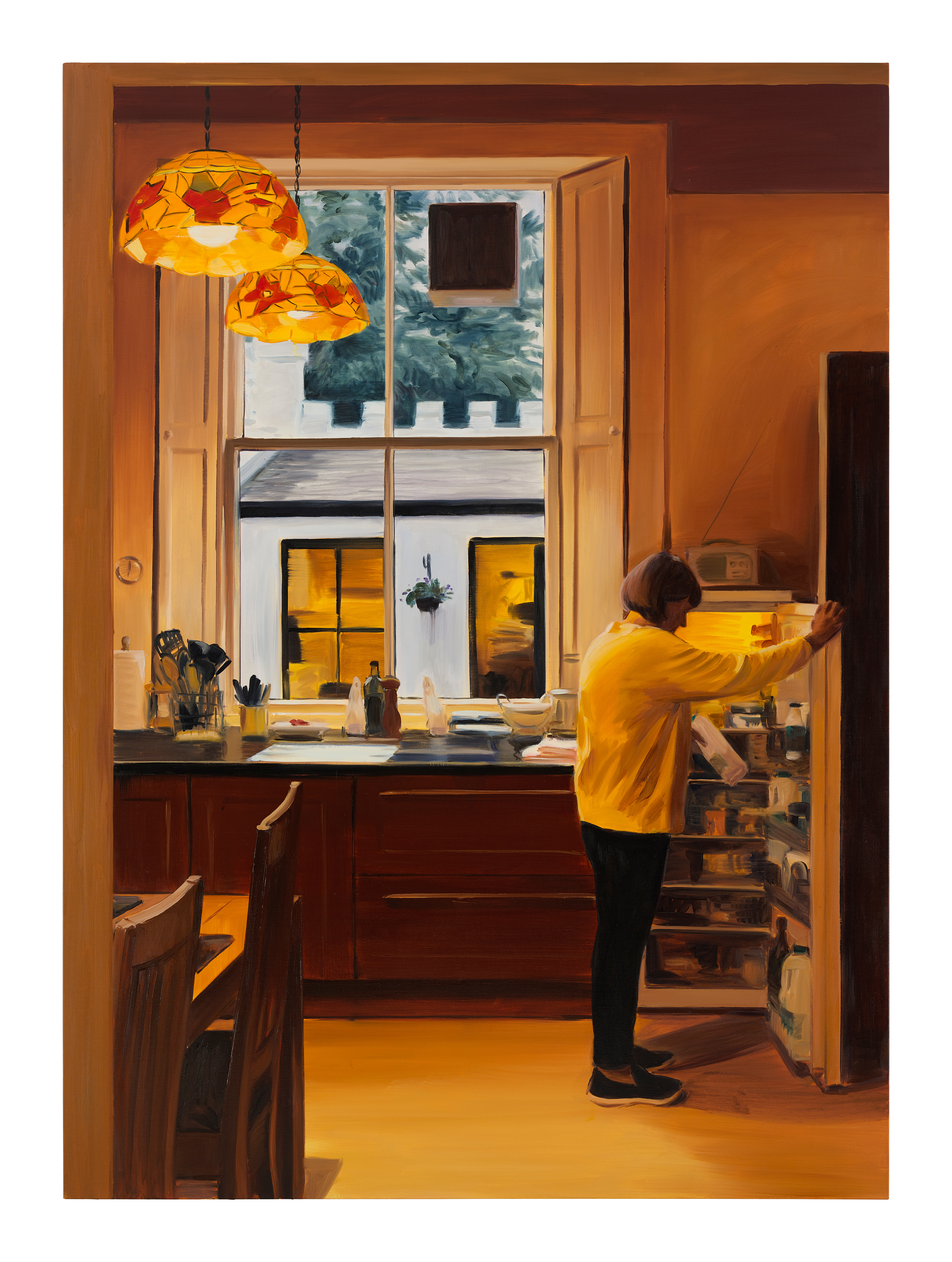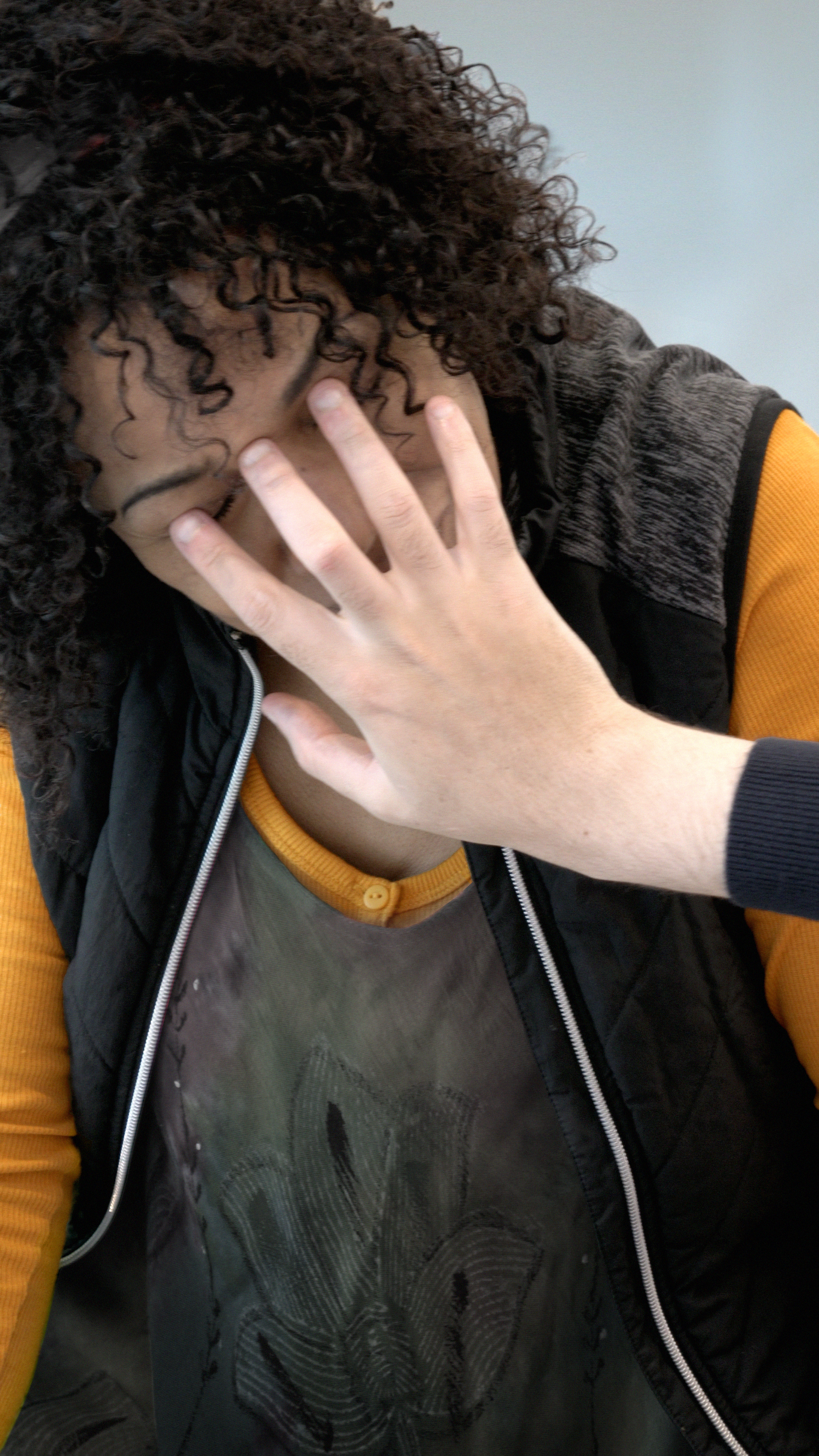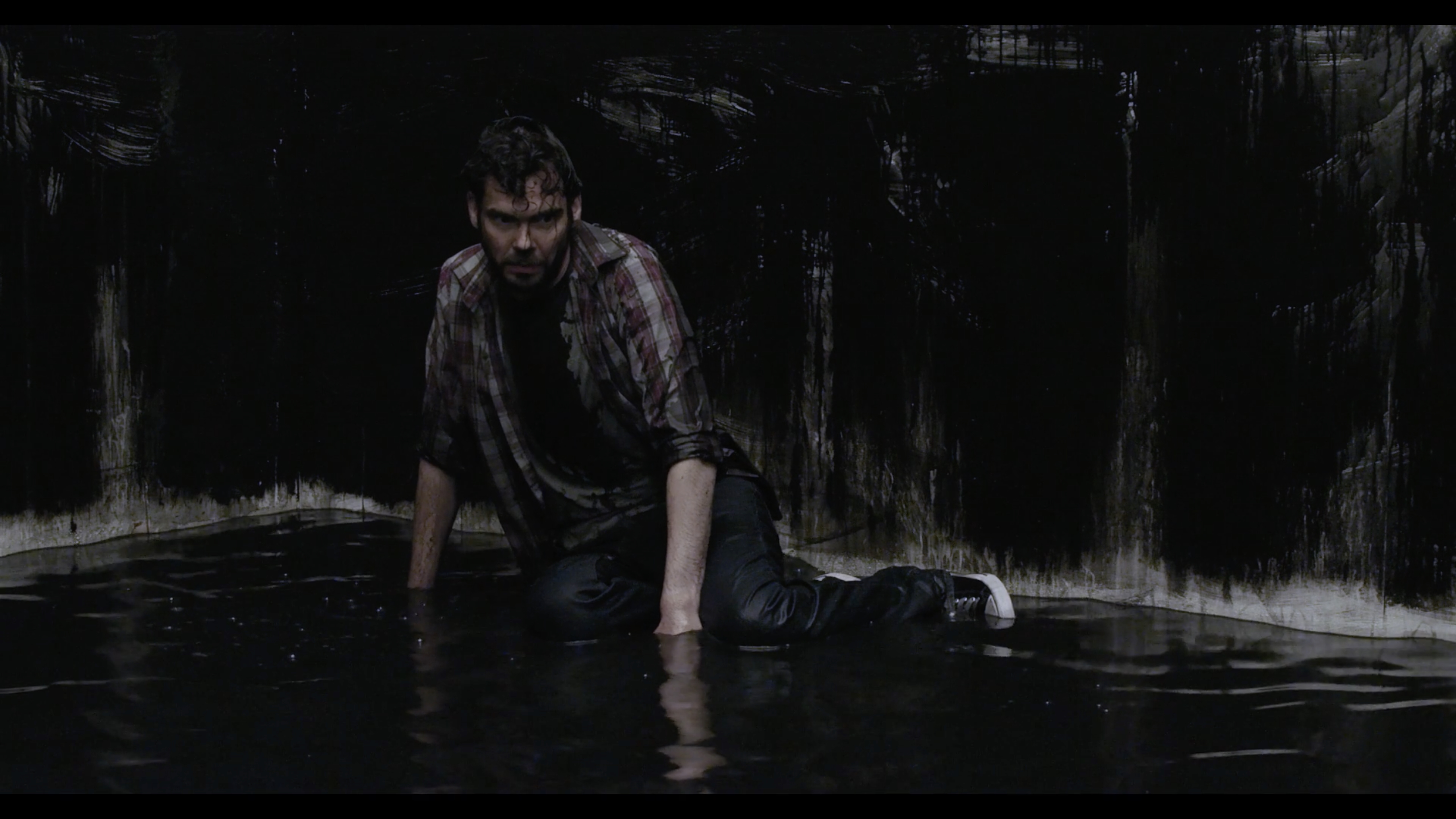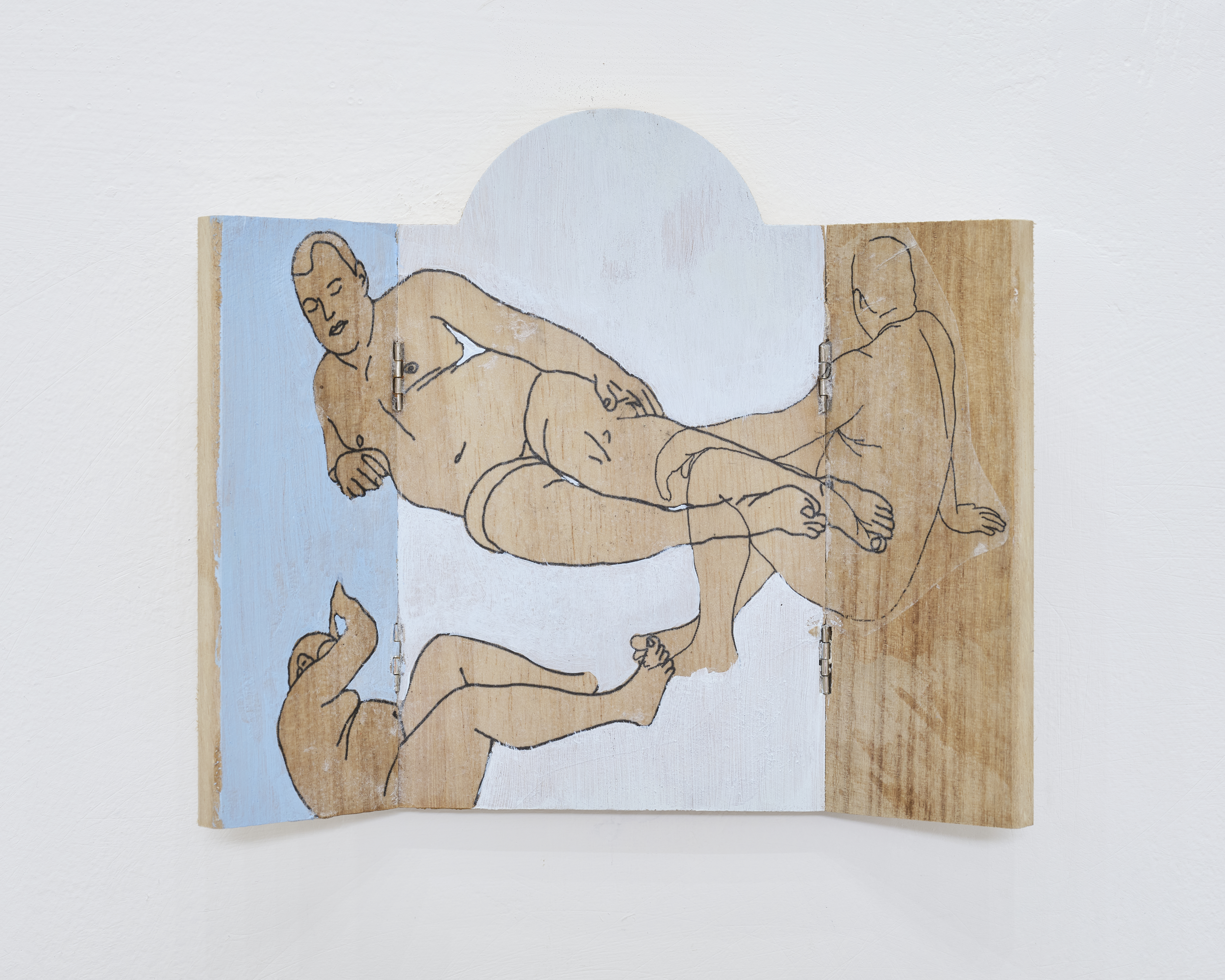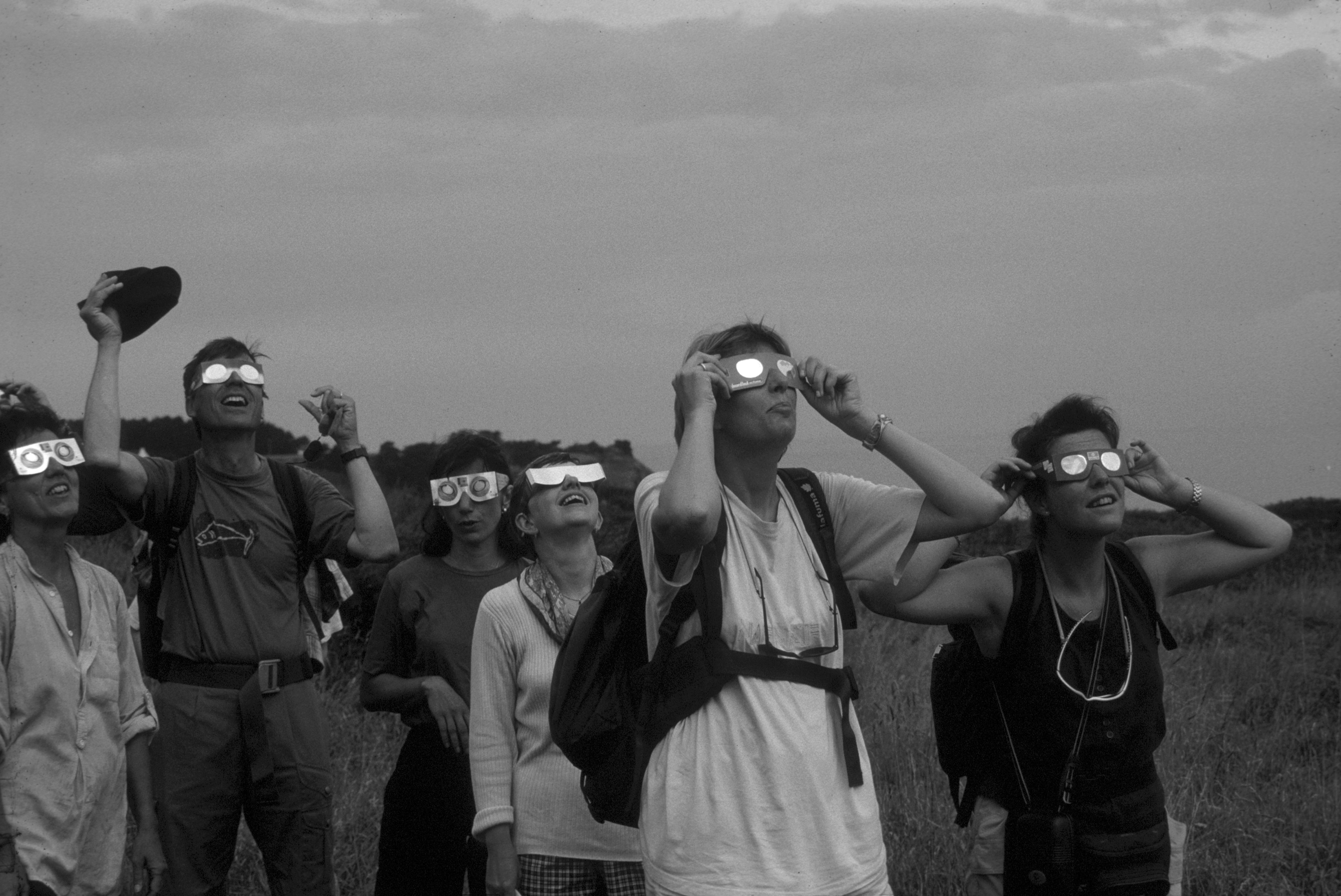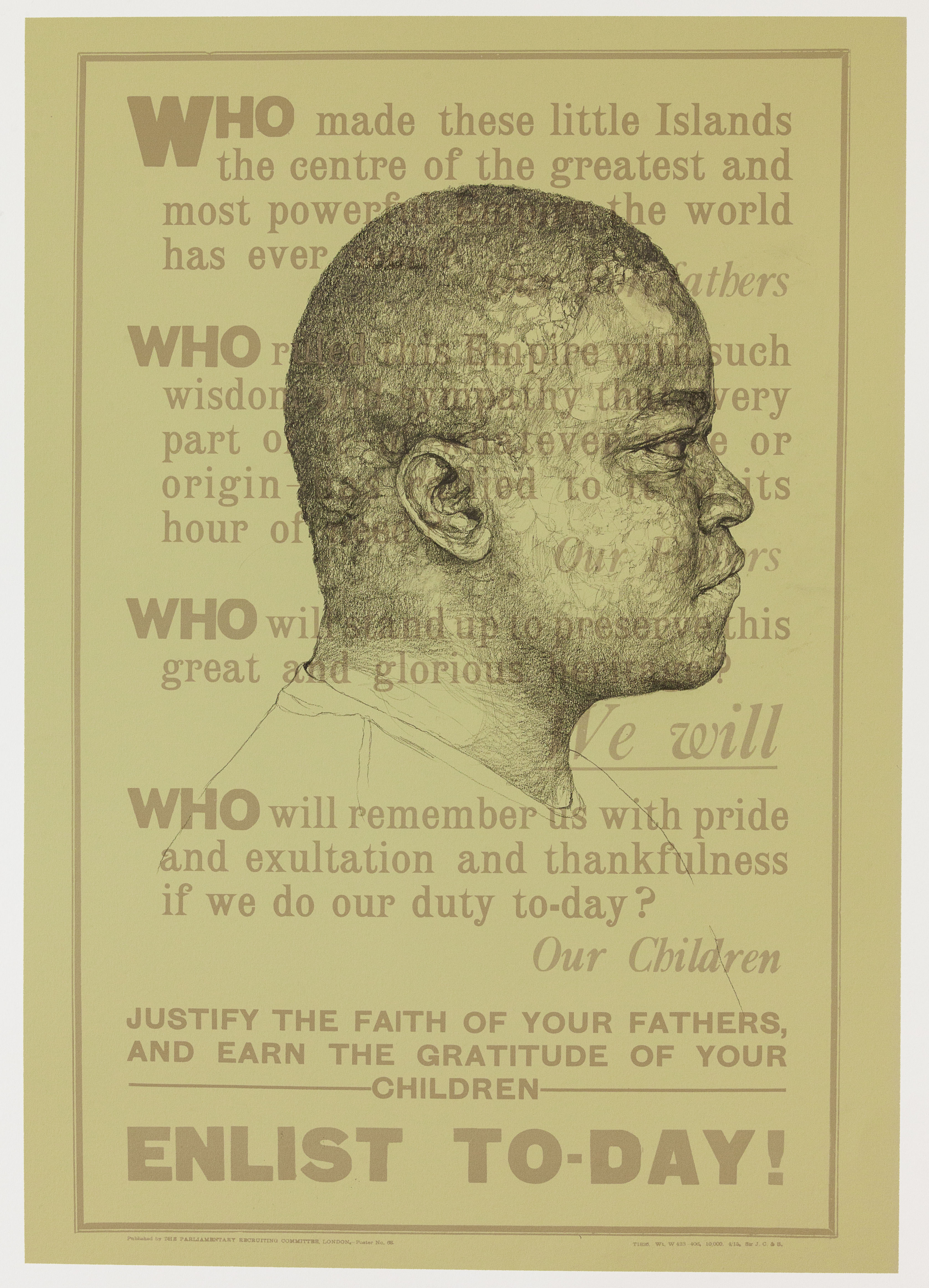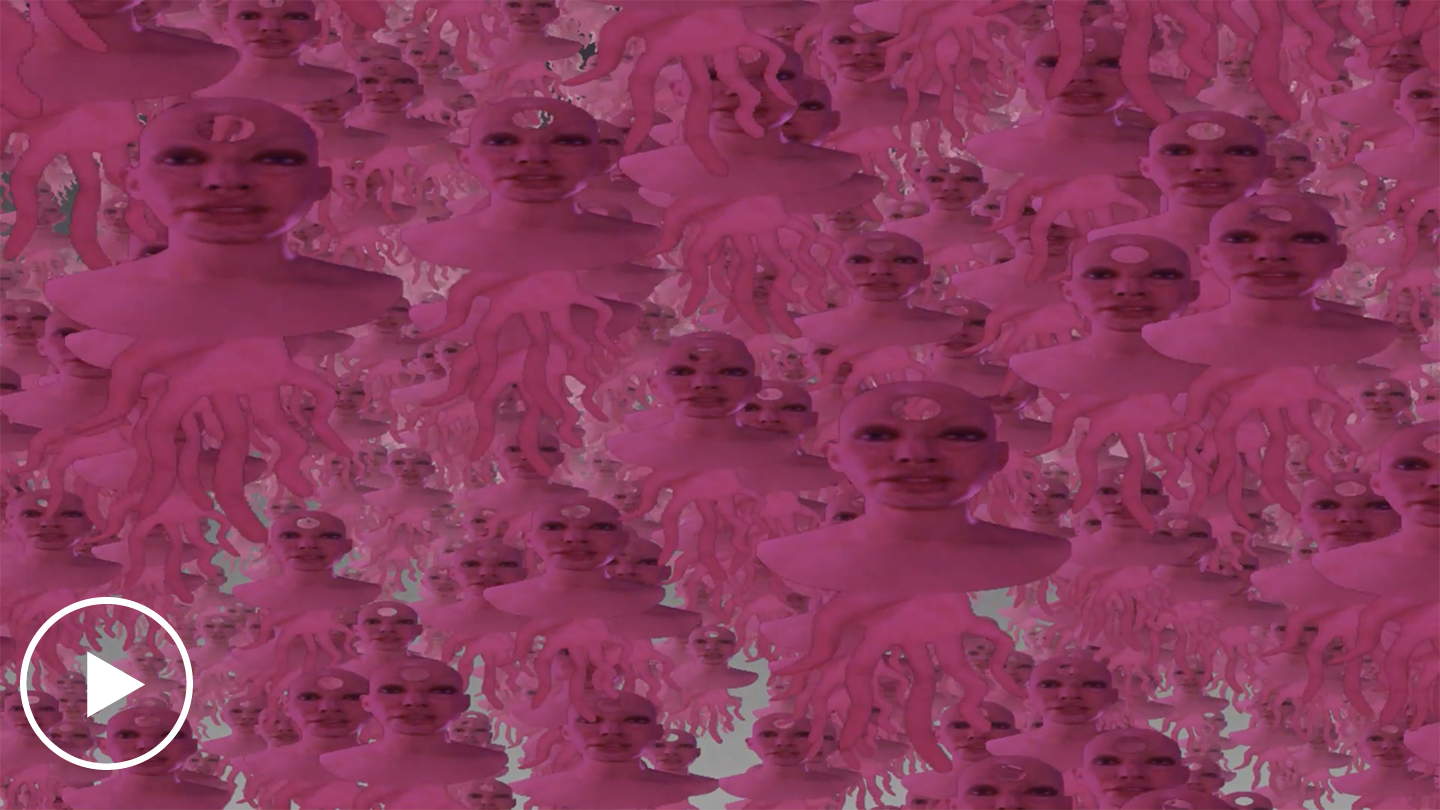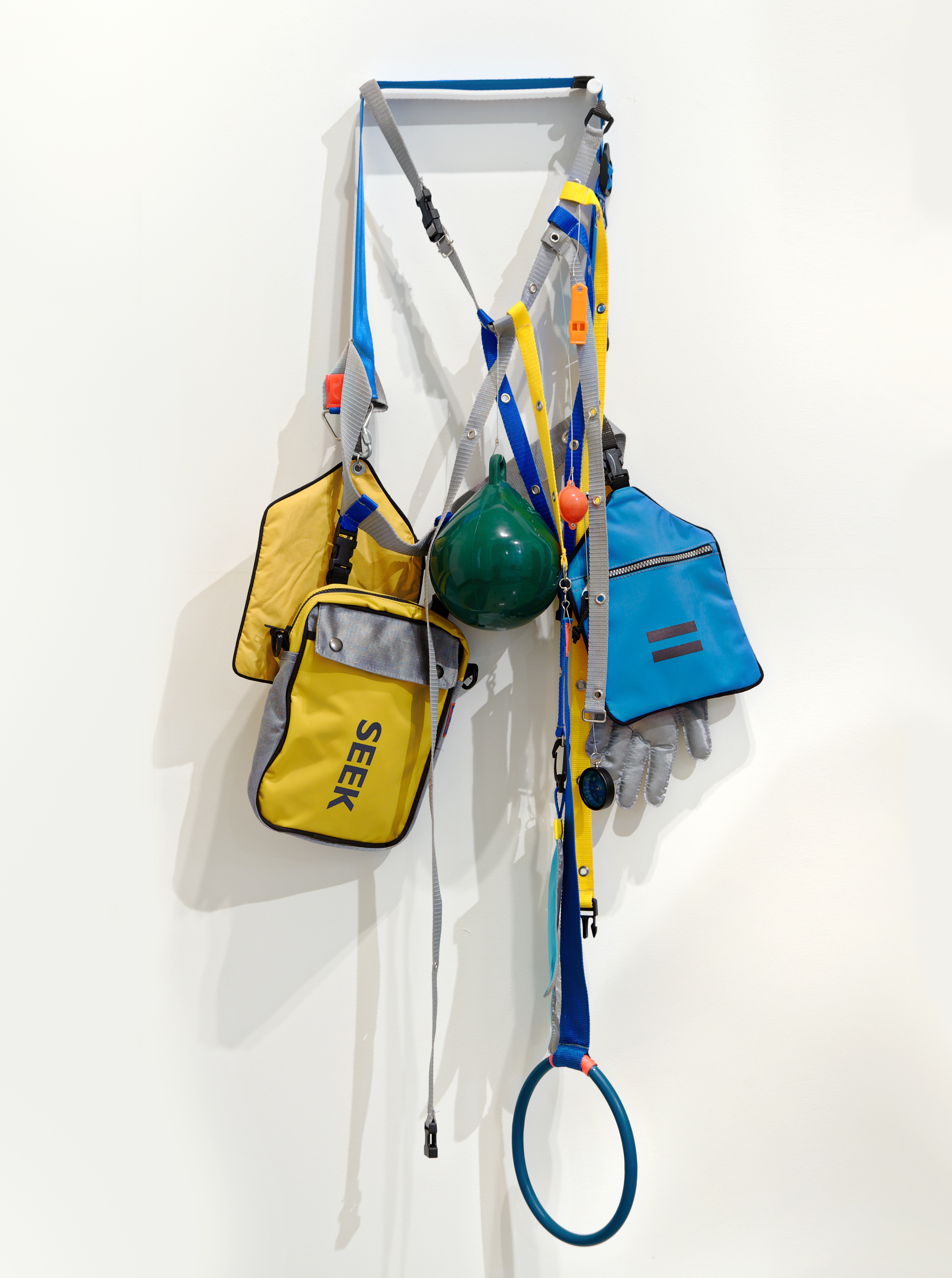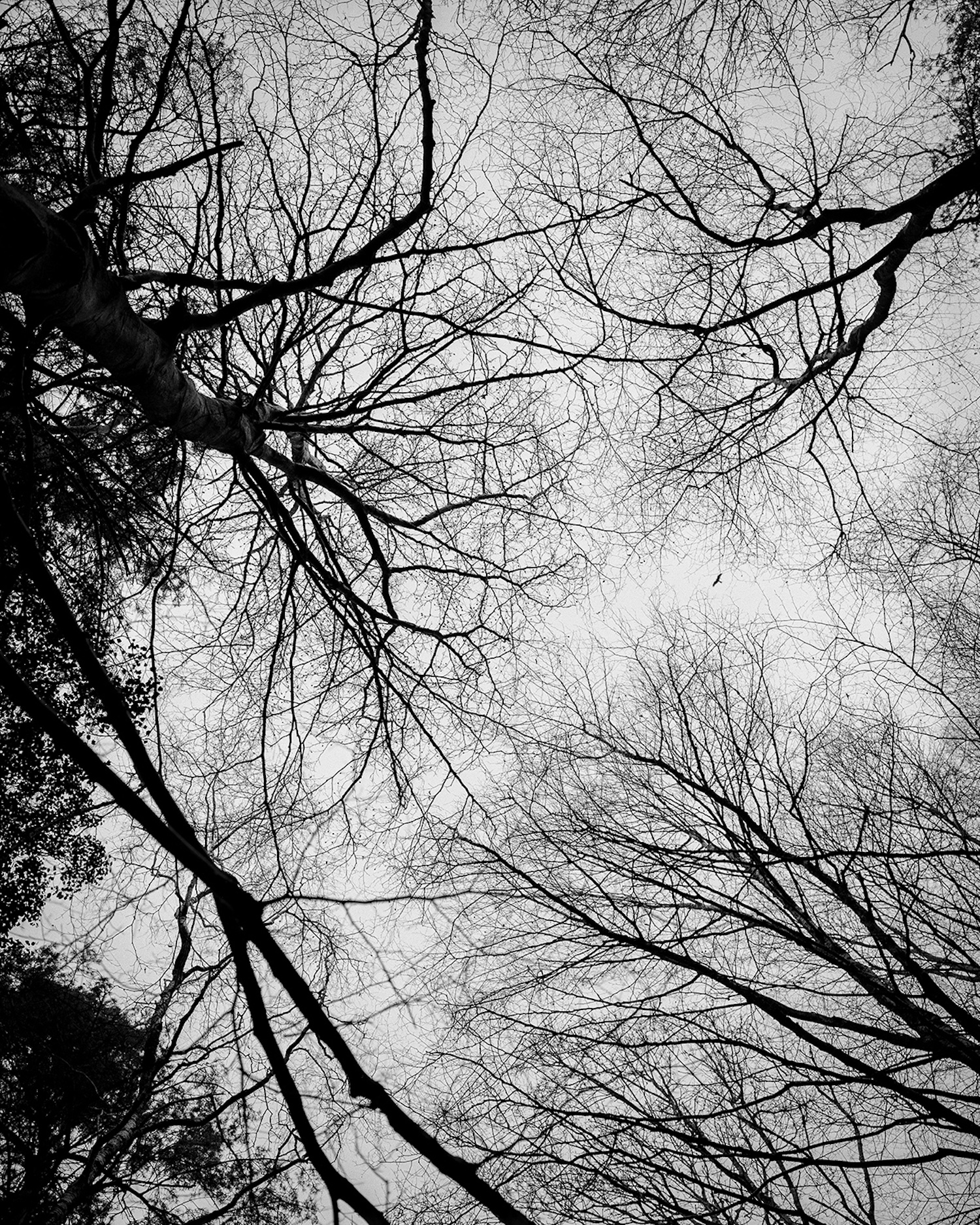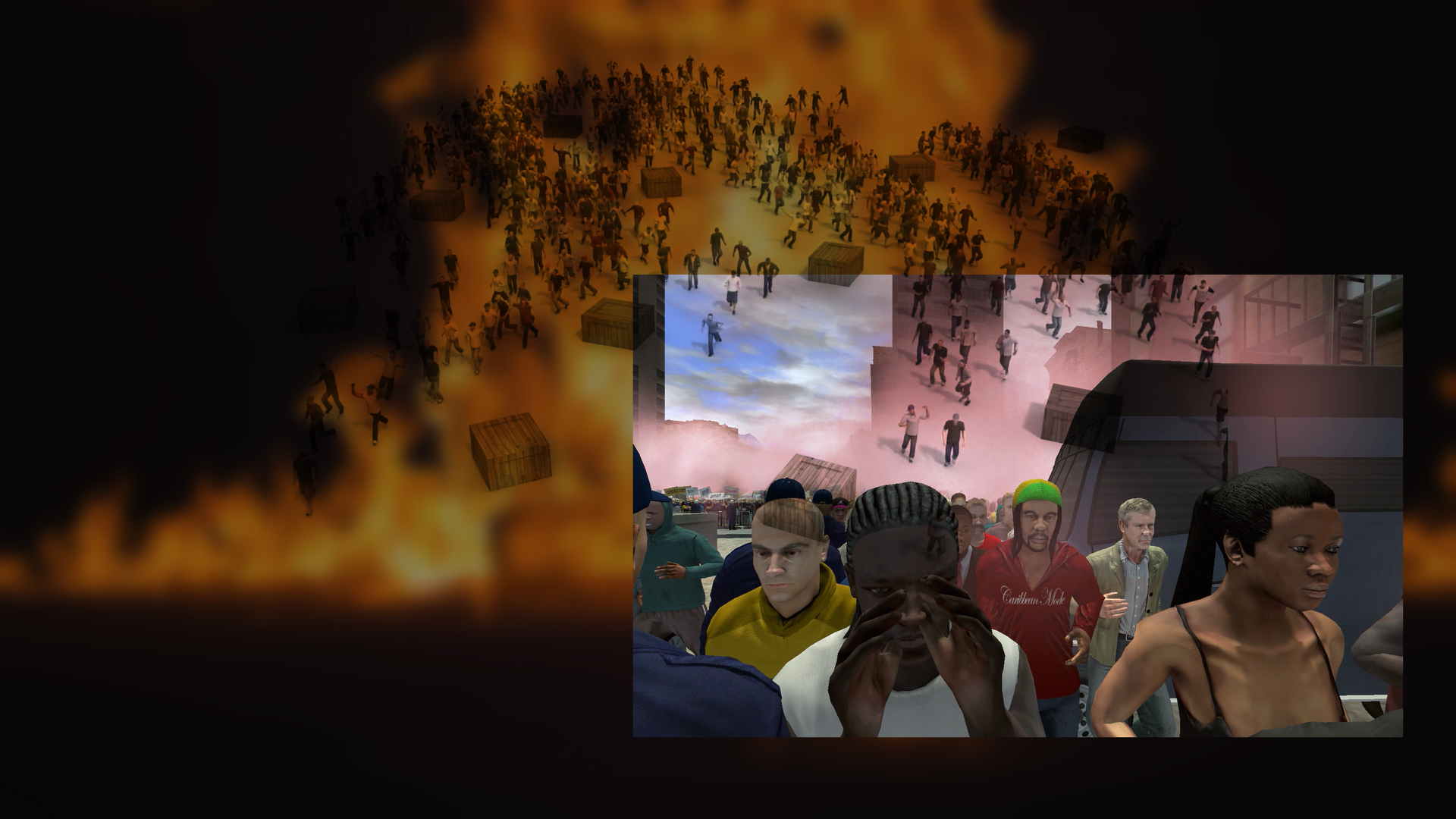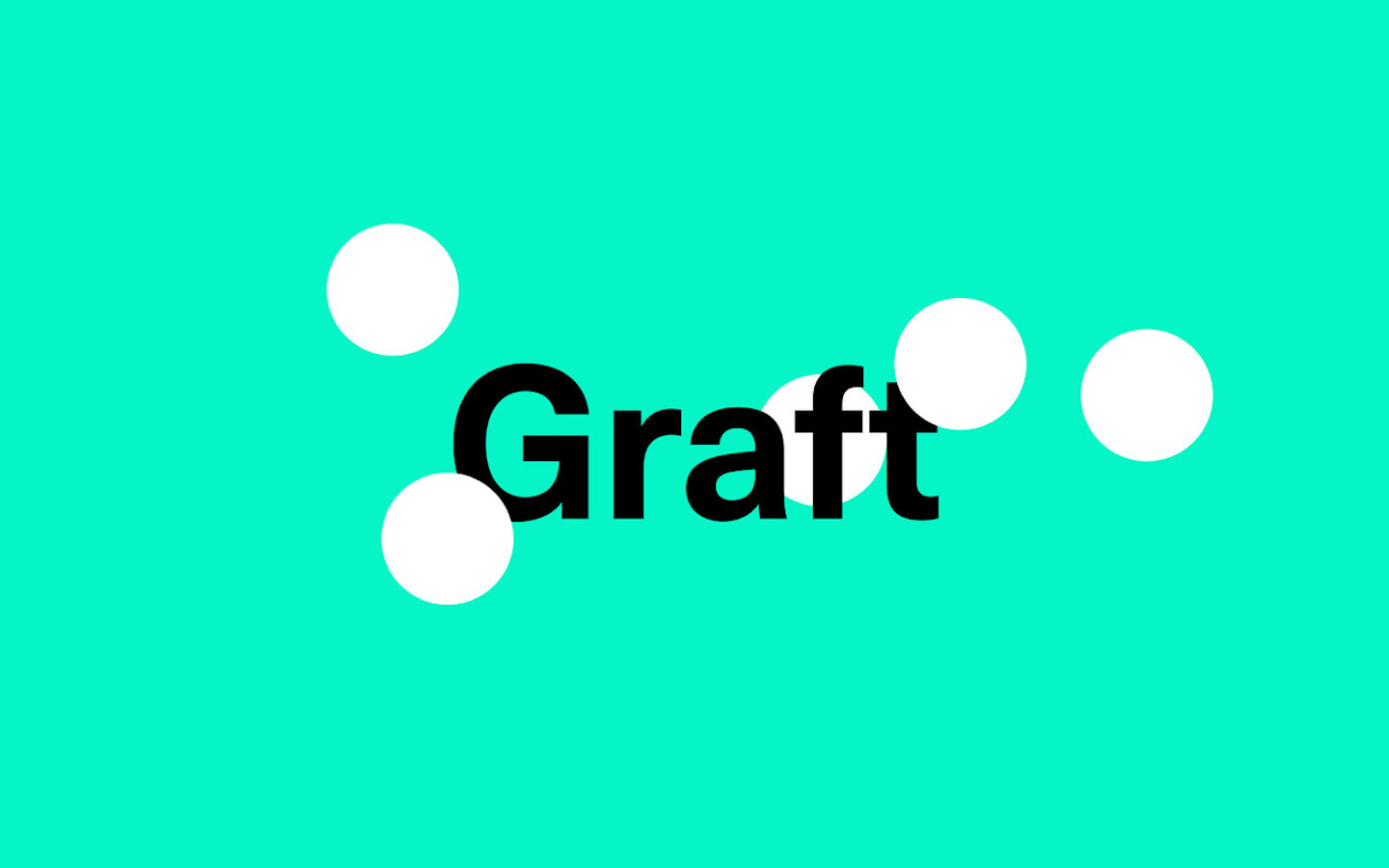March 28–July 6, 2025
Cork T12 N1FK
Ireland
Hours: Tuesday–Sunday 11am–5pm
T +353 21 490 1844
info@glucksman.org
Artists: Maarten Baas, Liesel Burisch, Colin Crotty, Viola Fátyol, Laura Fitzgerald, John Halpin, Mikhail Karikis, Dion Kitson, Danica Knežević, Jamie Martínez, Amelia Stein, Caroline Walker.
Curated by Fiona Kearney and Katie O'Grady.
Labour of Love presents Irish and international artists who explore the responsibility of labour in contemporary society, and how the burden of unpaid and low-paid work might be made visible through art, to direct attention to services that are often overlooked, undervalued, and hidden from public view.
The exhibition begins with Liesel Burisch’s Minutes of Silence, a portrayal of short periods of silent contemplation across work, education and leisure settings. Burisch’s video portraits highlight how different people congregate in a communal expression of respectful pause, inviting viewers to enter the show with regard for all parts of society.
Caroline Walker’s lithographs and oil paintings also acknowledge daily activities, capturing the humdrum chores of female homeworkers through luminous painterly hues that record the passage of light and time, as well as the beguiling detail of the women’s work. In Jamie Martínez’s terracotta sculpture series My Mother’s Labour the artist pays homage to his mother who, as an undocumented immigrant, worked as a housecleaner in the United States. Martínez imbues household utensils with reverent admiration, adorning a vintage iron, dustpan and brush with clay and Mayan glyphs that allude to his pre-Columbian ancestry and his mother’s personal story.
In Danica Knežević’s photographic series Being Home, a quiet reverence resonates through a home filled with the apparatus of assisted living. These thresholds into the artist’s personal life explore the visibility of where and how care occurs. Amelia Stein’s Laundry depicts a pile of bedclothes, an ordinary mass of domestic labour composed into a monumental presence through its central staging within the photographic image. The powerful black-and-white picture becomes a poetic tribute to the lives and labour of the Magdalene victims, Irish women abused in workhouses run by the Catholic Church until the 1990s.
Colin Crotty’s three pink-hued paintings tenderly present rural healthcare workers providing comfort to a family of asylum seekers, an older woman and a young mother, capturing the diverse care the nurses provide in their everyday occupation. John Halpin’s work Joanna combines photography and 3D rendering to create composite environments that challenge scale and reality, inflating an archetypical housewife so that she might tower over her suburban neighbourhood.
Dion Kitson’s sculpture Ill Communication depicts an engineer fixing wires in a cabinet that supports a network of global communication. Working on his knees with his back to the viewer, the telecommunication worker is an anonymous presence who labours to keep our world connected. The simple act of listening is central to Mikhail Karikis’ I Hear You, a multiscreen installation focusing on carers to non-verbal people. By highlighting these caregivers and their work Karikis also challenges who is visible and who is heard through a hopeful affirmation that communication is always possible.
Viola Fátyol’s installation Kisses, I’m in a hurry is a tribute to the artist’s mother, who would bring carefully wrapped plastic food boxes to her child in Budapest. This ongoing parenting was regularly accompanied by the personal messages alluded to in the title. In Laura Fitzgerald’s Rural Stress (Landini) a large tractor delineated in welded steel occupies the gallery alongside playful marker drawings of rural tasks. Fitzgerald's wry humour points to the absurd, familial dependency of agricultural life. The exhibition closes with Sweeper’s Clock by Maarten Baas a real-time projection of two men brushing lines of street rubbish to form hour and minute hands, their painstaking toil sweeping the very time of day away. This gruelling clockwork movement highlights the humble requirements necessary to keep contemporary society going through waste, infrastructure, domestic and care management; the commonplace labour of love celebrated throughout this exhibition.
Labour of Love is supported by The Arts Council Ireland, University College Cork and private philanthropy through Cork University Foundation.
